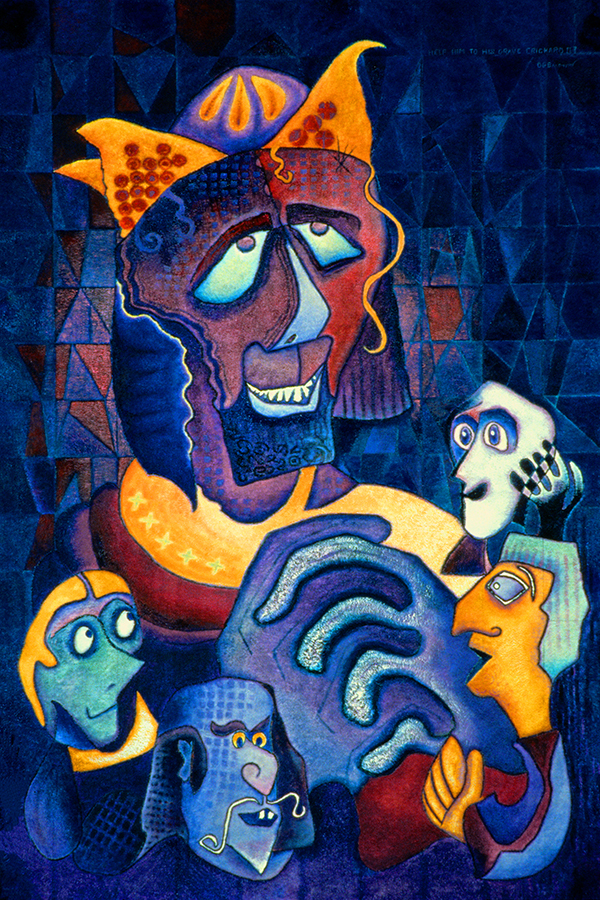Meet a former Major League Baseball player. And a geneticist with a Ph.D. And a systems engineer who worked on secret military projects. And an author published in scientific journals and poetry magazines. And an accomplished painter who also plays the ukelele.
All those would be Dave Baldwin of Yachats.
Baldwin grew up in Tucson and was sure of his purpose early on. “My intention was to play major league baseball.” Period. So he did…
The Cleveland Indians and New York Giants spent spring training in Tucson, and Baldwin would pedal his bike to their stadiums to watch. “There was a wire fence alongside the Cleveland bullpen,” he recalls. “A lot of pitchers were there, and they didn’t mind talking to kids.”
“I’d talk to the guys who were later Hall of Famers, like Satchel Paige and Bob Feller. I got to see what they did, how they cussed — you know, the important things,” he jokes. Through high school and college “Baseball was all I paid attention to,” he recalls. It paid off…
His pitching won him slots with minor league teams and he moved up to the big leagues when the Washington Senators signed him as a relief pitcher.
For the next 16 years he pitched for the Senators, the Milwaukee Brewers and the Chicago White Sox, until “baseball quit me. I was too old.” After being released, he went home to Tucson and earned a Ph.D.in ecological genetics at the University of Arizona.
But at age 40, faced with scant jobs in genetics, he decided to become a systems engineer. He earned a Master of Science degree and worked on secret U.S. Department of Defense projects in Arizona. Baldwin’s wife, Burgundy Featherkile, has the same degree, along with one in home economics.
More secret work followed in San Diego, where the couple worked for United Technologies. When the firm relocated and laid him off, Burgundy asked what he’d rather do.
“I said, ‘I’d rather do art’.” Period. So he did…
Pursuing art wasn’t an out-of-the-blue impulse. In college, Baldwin took a course in scientific illustration, and the instructor suggested he think about abstract art because “You can do just about anything you want to do.”
Years later, Baldwin made it into the National Baseball Hall of Fame Museum in Cooperstown, N.Y. — not for his pitching arm but for his painting skill. One of his works, “Fugue for the Pepper Players,” is in the museum’s permanent collection and it’s the only full-page piece in the book Treasures of the Baseball Hall of Fame.
Along the way, his work has also been featured in Sports Illustrated, Graphic Review and Scientific American. And he has contributed articles to publications as diverse as the Harvard Business Review, American Scientist, and American Poetry Journal.
Here’s a final, unexpected thought:
“When you play professional baseball, it’s mostly night games. So when I was in a city like New York or Chicago, I’d spend all day in art museums. When you have time to kill, you can watch the people looking at the paintings. You learn a lot.”
Baseball




















Comments are closed